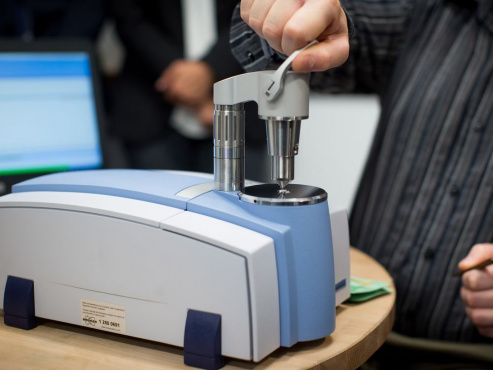Daphne Bramham: Is legalization a desperate measure or a solution to the opioid overdose crisis?

It’s too early to say whether the 31-per-cent decrease in B.C.’s number of overdose deaths in January due to fentanyl in illicit drugs means that there may be an end in sight to the public health emergency.
We can only hope that, finally, policymakers will be able to shift from crisis mode to consideration of a longer-term response to Canada’s addictions problems, avoiding the risks of desperate solutions.
There is no shortage of those. The B.C. Centre on Substance Use has published two in the last two months, which taken together appear to be a blueprint for legalizing all drugs, from heroin to crystal methamphetamine, for recreational use.
In February, it recommended heroin compassion clubs. Run by a board that includes active drug users, the clubs would sell pharmaceutical-grade heroin to members without a prescription at a price competitive with the illicit sellers, or at a reduced price to members who couldn’t afford it.
In a peer-reviewed article published online earlier this month, five of the centre’s researchers suggested giving drug dealers access to drug-checking technology to ensure their customers are getting “safe†drugs rather than fentanyl-laced ones as part of ongoing harm-reduction efforts.
Titled Trusting the Source, the article was published online and will appear in the April 1 print edition of the journal Drug and Alcohol Dependence.
Like the heroin compassion club report, the authors note the “constraints of prohibition.â€
“In the absence of larger structural changes including the decriminalization of drugs and drug trafficking as well as access to a regulated and safer drug supply,†the authors suggest “de facto decriminalization zones.â€
They write: “As identified by our study participants (who included users and dealers), privacy and anonymity are integral in order to explore the potential role of drug dealers in utilizing DCTs (drug-checking technologies).â€
Since fentanyl has been found in every street drug from heroin, cocaine, crystal methamphetamine, ecstasy to fake pharmaceuticals, the “decriminalization zones†would apply to all drugs and dealers.
But turning illicit drug dealers into street pharmacists isn’t decriminalization, it’s legalization.
That might help explain the journal’s Freudian slip — it gave the authors’ affiliation as the B.C. Centre for Substance Use.
What the researchers (along with users and grieving families whose experiences have informed both reports) are proposing is a grand and unprecedented experiment.
While there is no doubt that the opioid overdose deaths signal a public health crisis that demands a response, the idea of full-scale legalization seems intemperate until we have much better data on the smaller-scale experiments.
Canada and B.C., in particular, is among the leaders in harm reduction. Users have access to free needles, supervised injection sites, opioid agonist therapies including methadone and Suboxone to quell cravings, and free and readily available naloxone to reverse opioid overdoses.
There are also ongoing trials using medical-grade heroin to treat addicts.
Yet, Canada trails only the United States in the incidence of overdose deaths from street drugs.
The compassion club report references the Global Commission on Drugs, an independent group of policymakers, to support its proposal. But what the commission has consistently recommended is “legal but restricted access†to currently illegal drugs.
“As with all regulation, reforms should be implemented incrementally, and guided by evidence of what works and what does not,†three commissioners wrote in an article published last week. “Different drugs will naturally require different levels of regulation depending on their relative risks, and approaches will vary from one country and locale to another.â€
They went on to say, “Whereas cannabis might be sold exclusively in licensed retail stores, pharmaceutical-grade heroin could be made available with a prescription to people who are dependent, and for whom other addiction treatments haven’t worked.â€
Less than a year ago, Canada legalized recreational cannabis with what the government said was an emphasis on public health and education.
Implementation has been a bit chaotic and it is still too early to gauge its full effects, but there are some preliminary indications.
Prior to legalization, Canadian youth had among the highest usage rates in the world, but those rates were trending downward. Reported use among high school students in Alberta and Ontario reached its lowest levels in 2014-15 of weekly and occasional use, at nine per cent and 15 per cent respectively since COMPASS began the surveys in 2012.
Using that data, researchers at the University of Waterloo concluded that not only has cannabis use increased since legalization, the trend reversed once medical marijuana was more readily available and the Canadian government formed its cannabis legalization task force.
Last year, 10 per cent of high-school students reporting having used marijuana at least once in the past week, and 18 per cent saying they had used it at least once in the past year. Of particular concern is that among Indigenous youth, rates of usage rose to 55 per cent in their lifetime, and 46 per cent within the past year.
It provides a hint of what might happen with any further legalization of street drugs, regardless of how openly or stealthily it’s done.
Twitter: @bramham_daphne